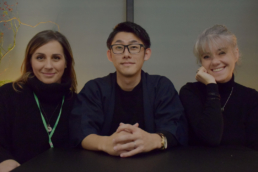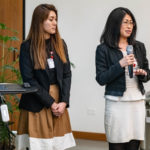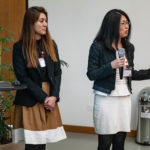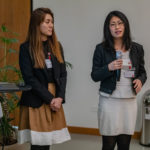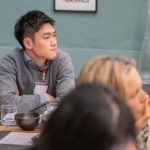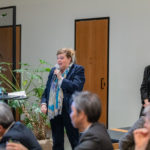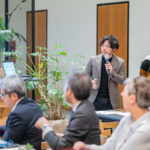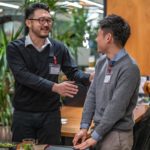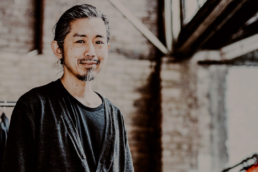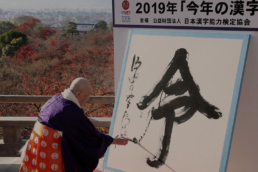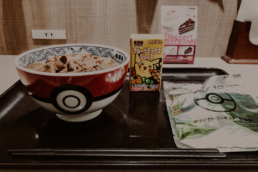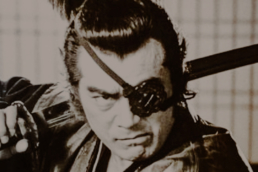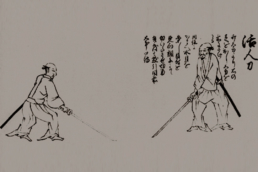Bringing Japan to Italy: episode 10 - Hoshitaro Asada
Our feature 『Bringing Japan to Italy』 is back with episode number 10 dedicated to Hoshitaro Asada, who works at the Sogen sakagura in Ishikawa in Japan.
His mission is not only to produce one of the best sake in the world, but also to spread Japanese culture internationally. He told us about the similarities between Italy and Japan and how Italians see and live the world of sake.
Japan Meets Italy: Networking aperitivo - 1st edition
Here we are with a new event organized by Japan Italy Bridge, we are talking about "Japan Meets Italy: networking aperitivo".
As you well know by now, the purpose of Japan Italy Bridge is to bring together and promote Japanese companies in Italy and vice versa. Through digital marketing, the creation of websites and the management of events, we aim to help Japanese companies to promote themselves on the Italian and European territory and vice versa.
After talking to various realities in the area, we noticed a lack of chances to create new connections between the various companies. For this reason, we decided to create "Japan Meets Italy: networking aperitivo", a recurring appointment to give the Japanese companies in the area the opportunity to make themselves known, create new connections and spend pleasant time together.
On January 30, 2020, we invited 30 companies on the Italian territory to join us for an evening of sharing. The first meeting held in TENOHA Milano found great success among the participants. A moment not only of joy and light-heartedness but also a beautiful occasion where the participating companies were able to create new connections. A networking evening where Japan met Italy to strengthen this friendship that has lasted for more than 150 years and to create even stronger partnerships between the companies of the two countries.
Some of the participating companies shared updates and presentations of ongoing projects in order to generate a connection between the realities of the territory.
We want to thank all the companies and all the people that have joined us to celebrate this evening. Japan Meets Italy will return in the spring with a brand new edition and many other opportunities to meet and connect with each other.
For more information and to participate in the next edition: angela@japanitalybridge.com
Photographer: Alberto Moro
Tokyo 2020, everything you need to know about the Olympics
The new year has finally arrived and there are only a few months to go before the Tokyo 2020 Olympics.

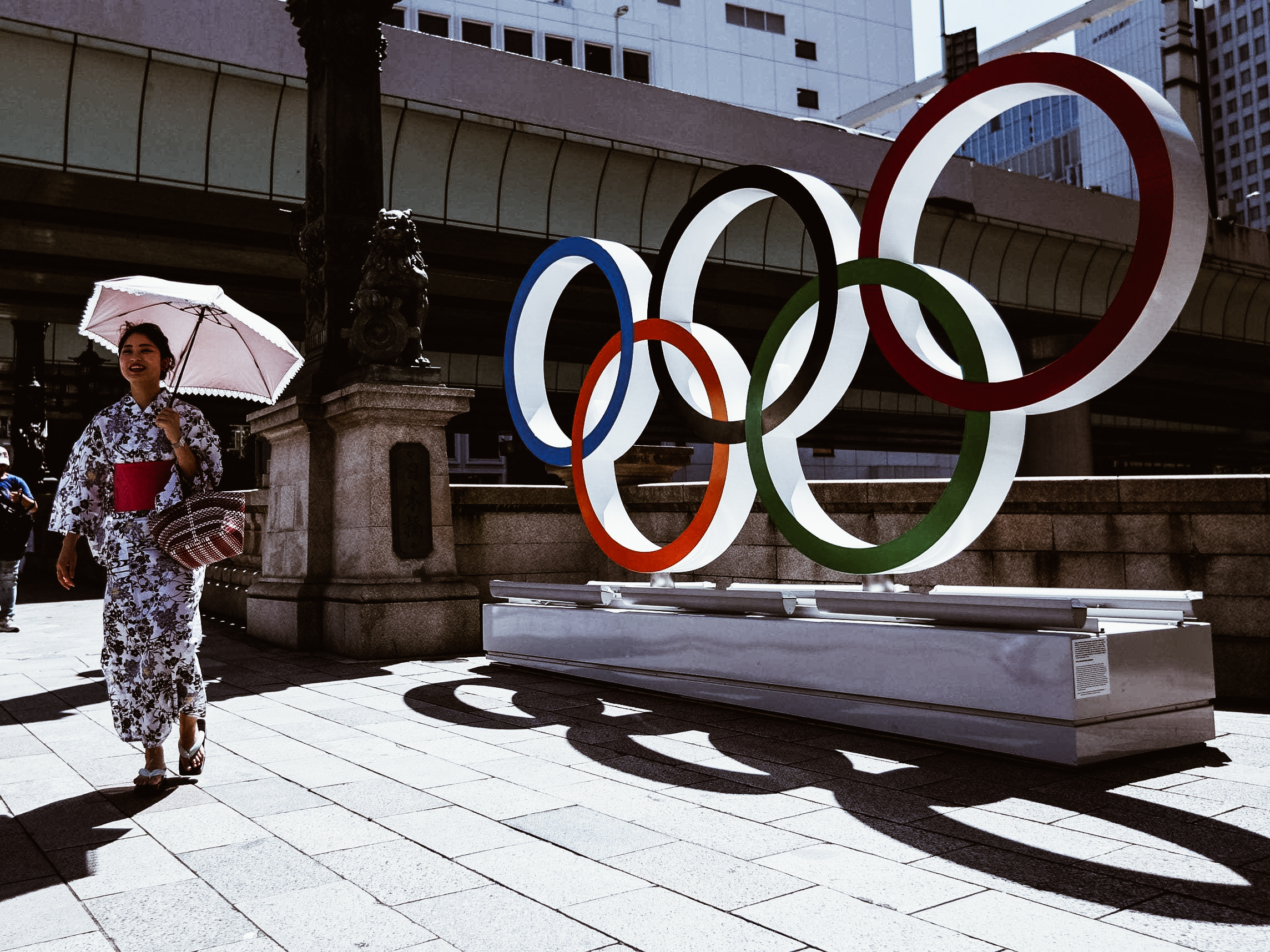
The Olympics are always a time when the whole world comes together. It is the moment when we all become experts in fencing, discus throwing and weight throwing. In the end, the whole world is like a small town, but the Tokyo 2020 Olympics are shaping up to be a breathtaking show.
All the details on Tokyo 2020
Less than a year after opening, the first official news and programs begin to come out. The opening ceremony will be held on July 24, 2020, and the closing ceremony on August 9, while the Paralympics will take place from August 25 to September 6 of the same year. You can find a complete program of all competitions on the official website.
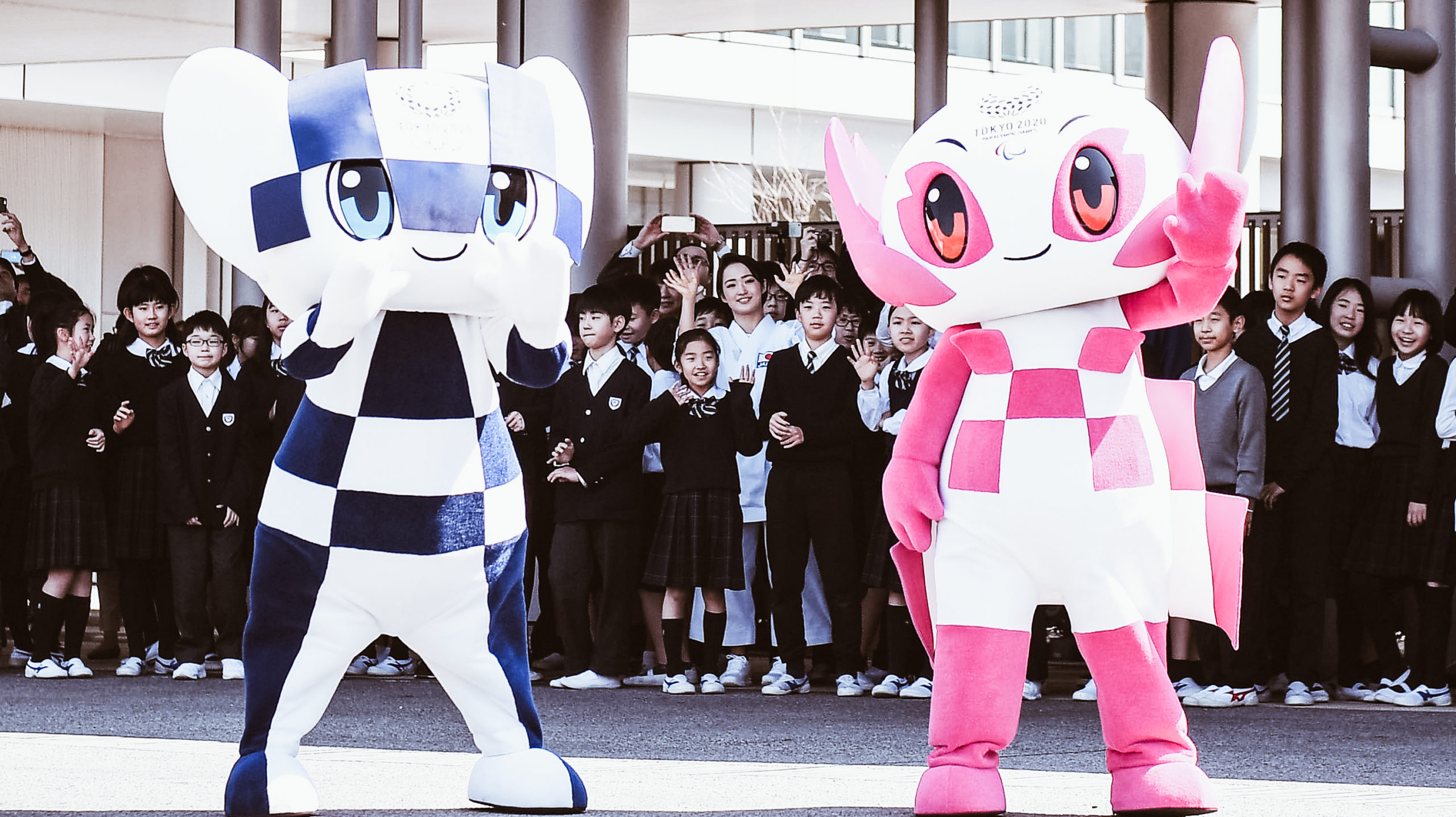

Where the Tokyo 2020 Olympics will take place
For this occasion, Tokyo has prepared more than 40 places and buildings around the city. The last summer games hosted in this city date back to 1964, the first Olympics in Asia. However, the capital of the rising sun has twice hosted the winter Olympics, in 1972 and 1998.


The logo
Throughout history, the checkered pattern has become very popular in several countries and for various reasons. In Japan, this formally became known as "ichimatsu moyo" in the Edo period (1603-1867). This checkered design in the traditional Japanese colour of indigo blue expresses a refined elegance and sophistication that exemplifies Japan.
Made of three varieties of rectangular shapes, the design represents different countries, cultures and ways of thinking. It incorporates the message of "unity in diversity". It also expresses that the Olympic and Paralympic Games seek to promote diversity as a platform for connecting the world.

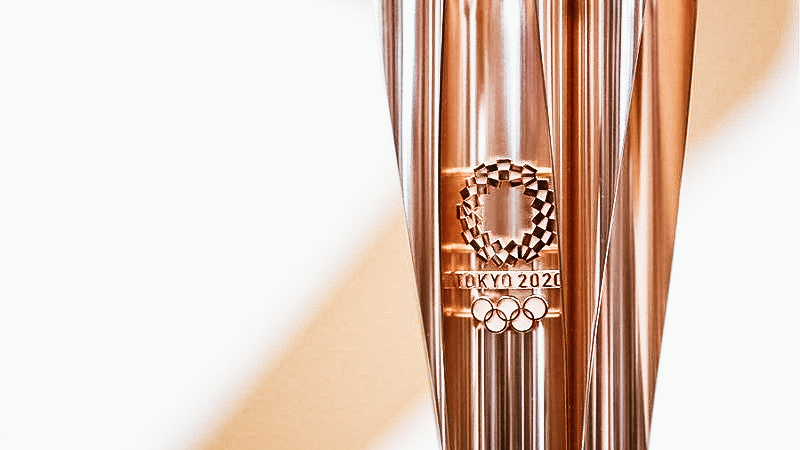
Where to find tickets for Tokyo 2020
At the moment, unfortunately, and as expected, the tickets are all sold out. However, a new wave of tickets will be available in the spring.
The new sports
As it often happens with every Olympiad, there are also new competing specialities for the Tokyo 2020 Olympics. Despite missing the London and Rio edition, Baseball and Softball officially entered the competition thanks to the strong popularity in Japan. Five nations will compete with the hosts for the gold medal on the diamond field.
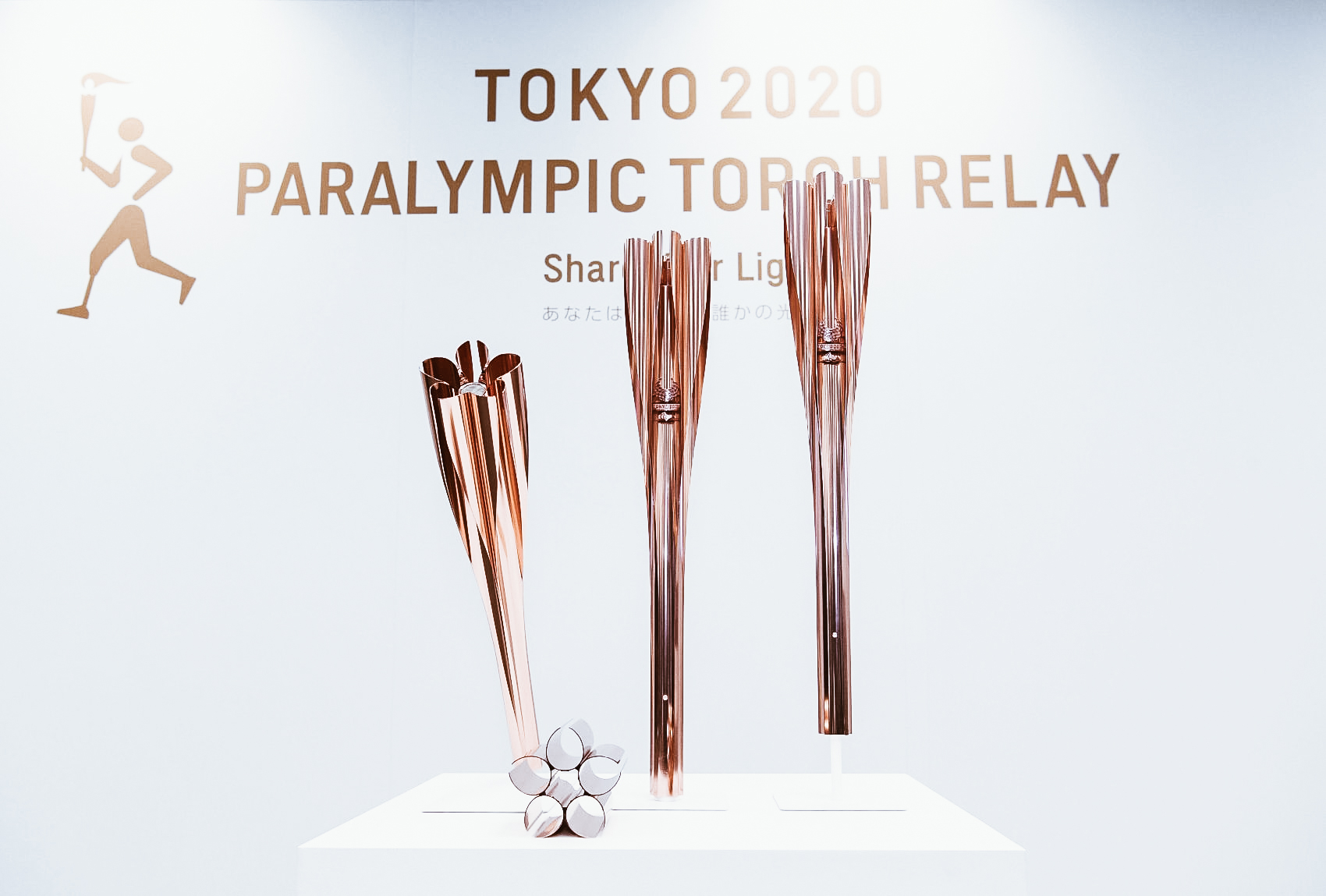

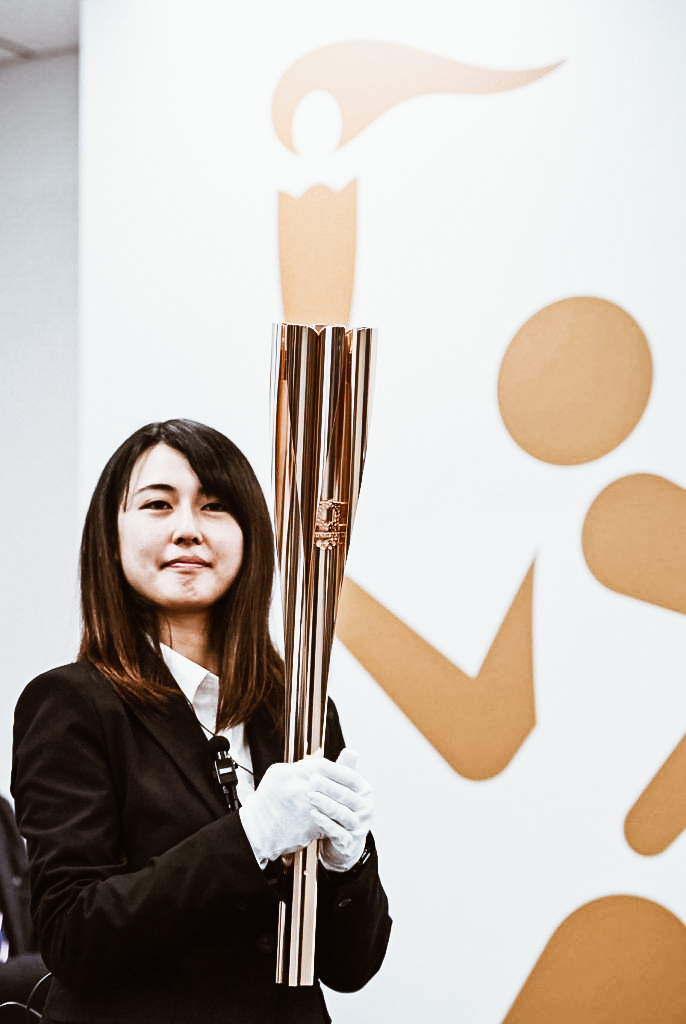
Together with these, we can also find Karate, climbing, surfing and skateboarding. In the same wave, basketball adds three-on-three tournaments for eight nations. Rugy seven will not be less, a variant involving only 7 players per side. In addition, golf returns after its debut in Rio.
The medals
Not to be overlooked are the medals that athletes will win during these 2020 Olympic games in Tokyo. In fact, for this occasion, Tokyo has created a special project to make these Olympics a little greener. This special project, the Tokyo 2020 Medal Project, will have the task of collecting more than 80,000 tons of mobile phones and small electronic devices to be recycled throughout Japan. These will then serve to create the wonderful medals of the 2020 Olympics and Paralympics Games.
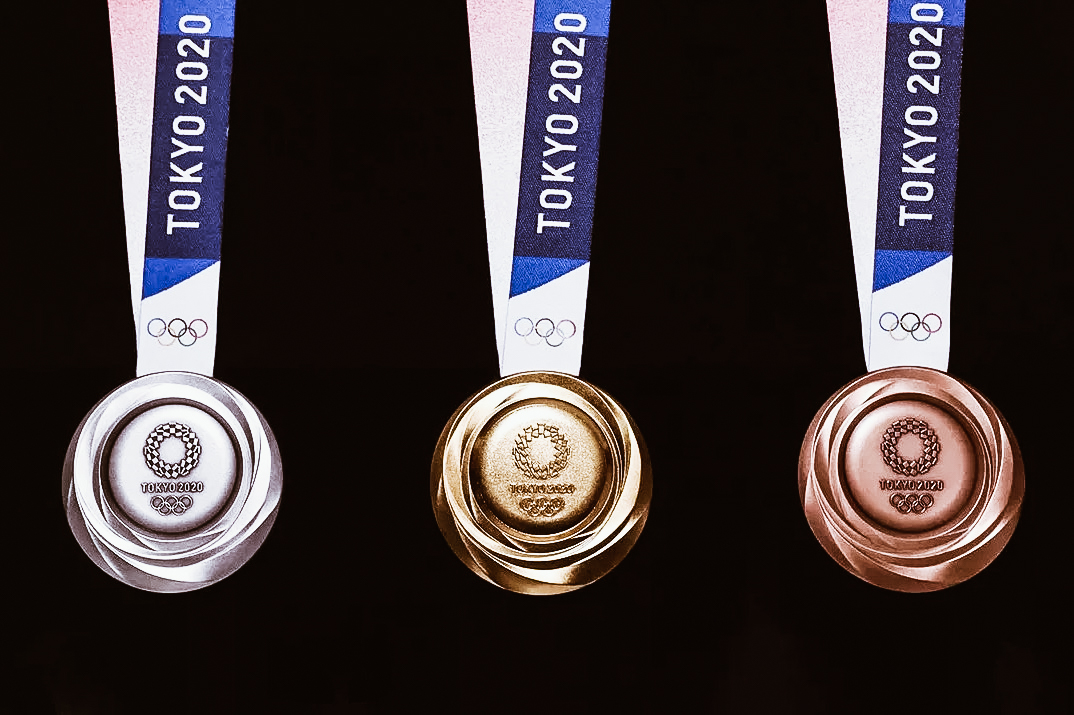
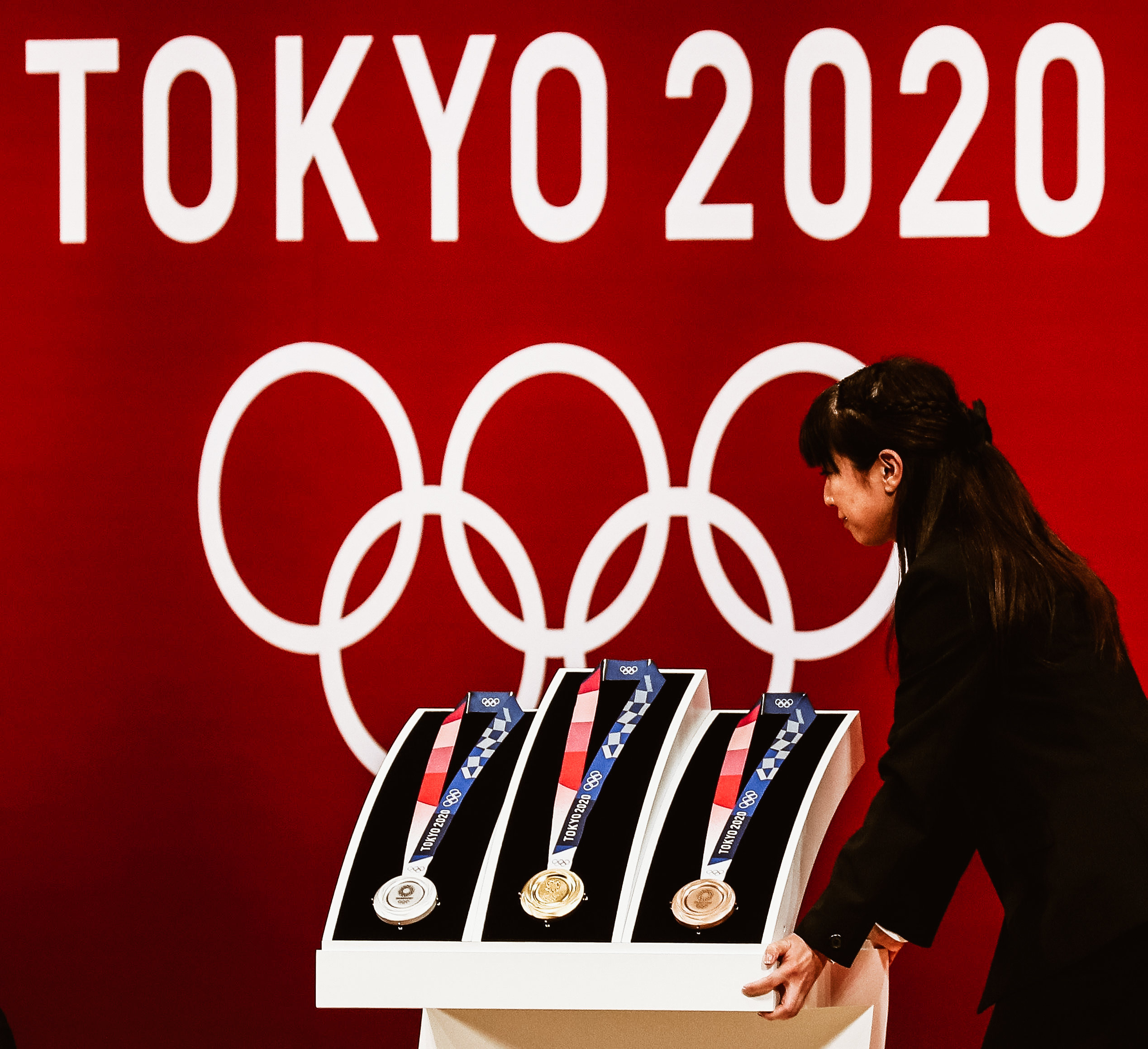
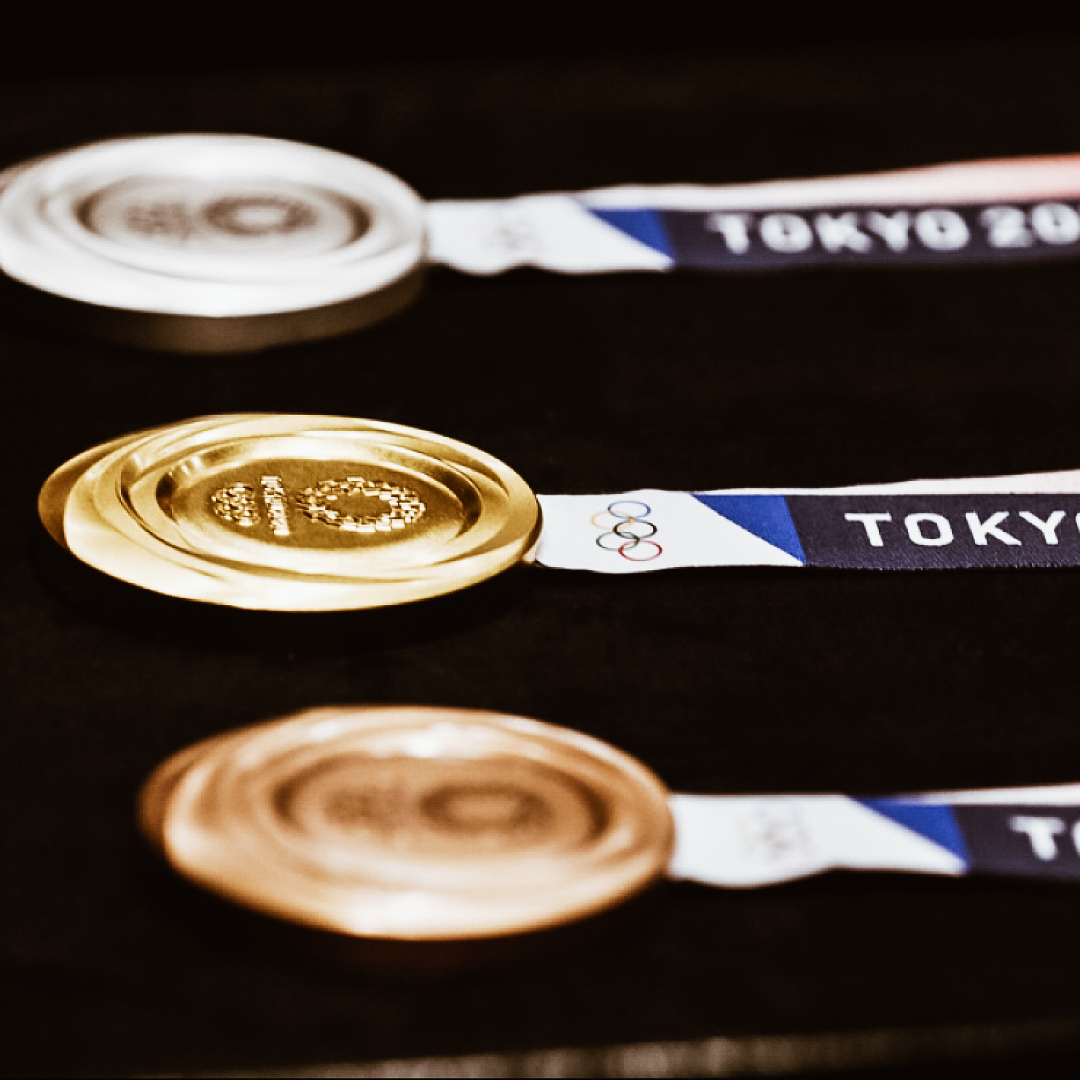
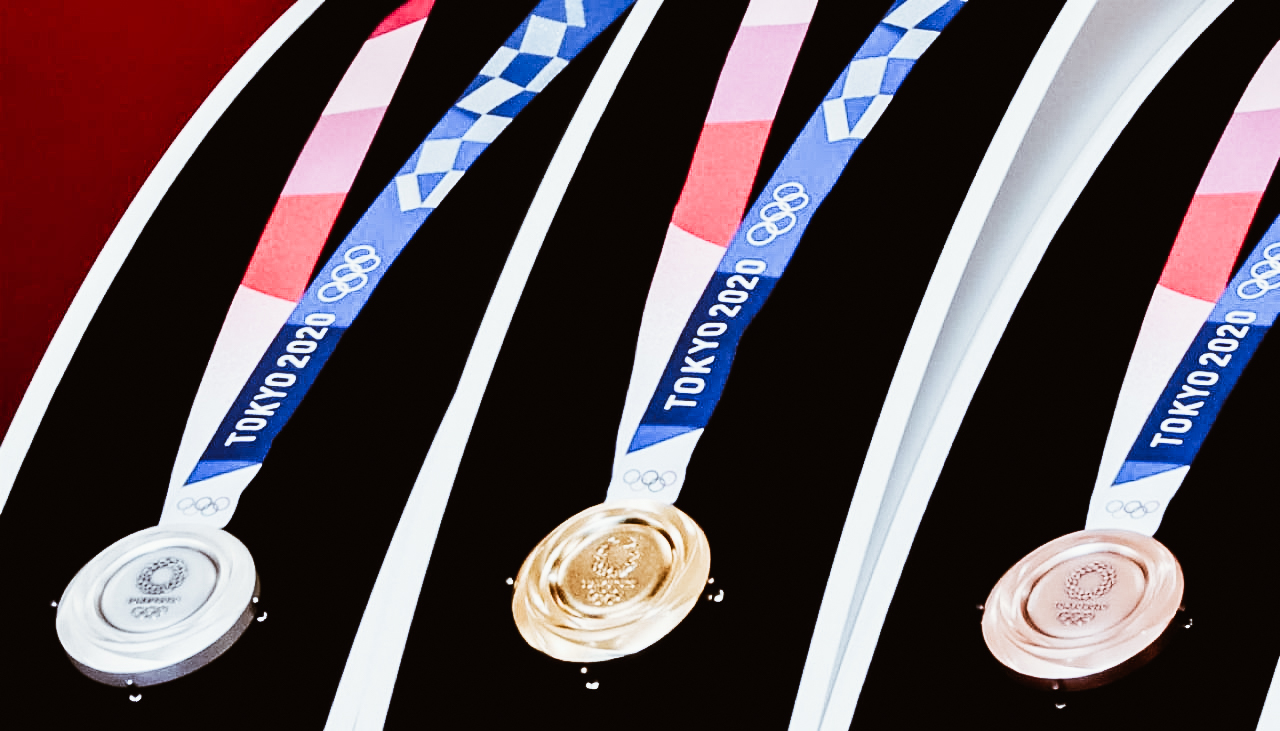
The project's website said over 6 million mobile phones from a two-year-long national donation were used.
Sport and technology together for the Tokyo 2020 Olympics
The 2020 Summer Olympics are already shaping up to be spectacular, but the surprises don't end here. Japan is famous for being at the forefront of research and development in various technological fields. In fact, during the opening ceremony, Sky Canvas, with the help of the research company ALE, will illuminate the night sky. The two companies will launch "the ingredients for a shooting star" into the atmosphere using a small satellite device.
In addition, we know that fireworks are very important in Japan and for this occasion, the city plans to create its own controlled meteor shower.
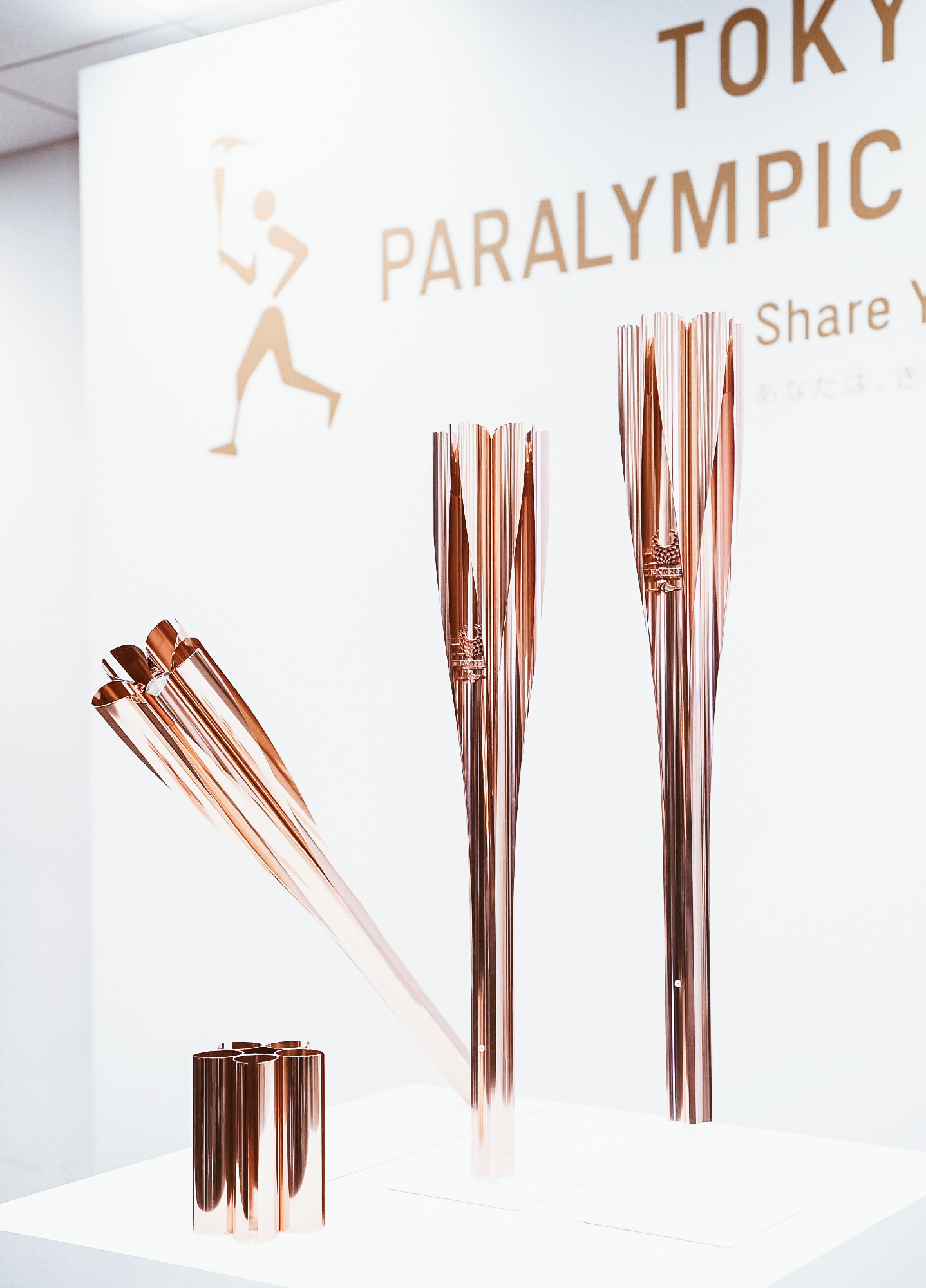
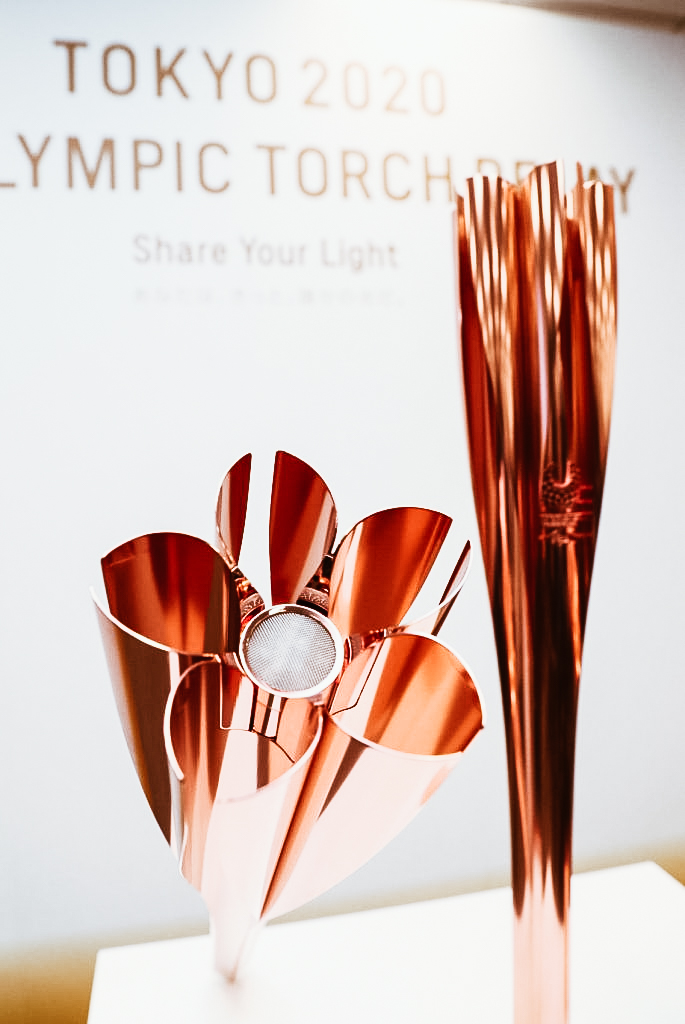
But curiosities continue. Inside the Olympic village, humanoid robots will be available to provide information on nearby accommodation and attractions. However, Japan is not satisfied yet and wants to do things big. In fact, a technology that will allow holographic updates of events inside the stadium is also being developed.
Tokyo 2020 transportation
In terms of transport, Tokyo is known to be one of the most advanced and connected cities in the world. For these 2020 Olympics there will be special measures in place. In fact, to go to your hotel, you can use only one magnetic card for trains, hotel room and taxi without a driver. That's right, a driverless taxi whose road tests are already underway in Tokyo.
But the news regarding transportation in Tokyo 2020 does not end here. In fact, the city will once again introduce the fastest train in the world. Although it will not operate until 2027, Maglev will make its debut at the Tokyo Olympics. This train has broken all ground speed records and is capable of reaching speeds of around 600 km/h.
These futuristic trains operate thanks to the principle of magnetic levitation, allowing the trains to remain suspended on the tracks. It is the absence of friction that allows trains to reach these speeds, while continuing to comply with strict Japanese safety standards. In short, a taste of that science fiction future that until now we have only seen in movies.
Shinkansen N700s Supreme
During the Tokyo 2020 Olympics the new Shinkansen N700S series, also called Shinkansen Supreme, will debut.
Completely redesigned in a more intelligent and silent mode, this train will operate on the Tokaido Shinkansen line. Being 11 tons lighter than the previous generation, it will consume less energy and will run between Tokyo and Shin-Osaka stations.
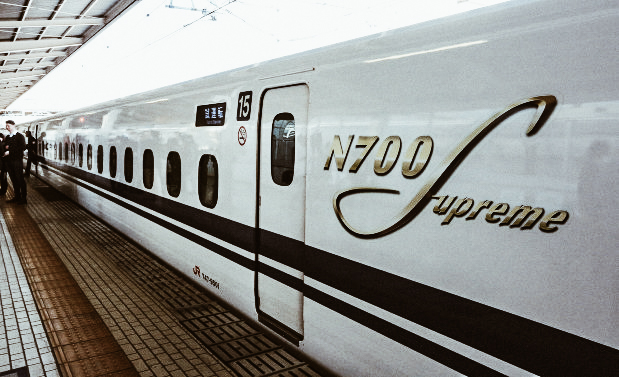

The new station of the Yamanote line
In honor of this event, the Yamanote line will also inaugurate a new station: Takanawa Gateway Station. Located between Shinagawa and Tamachi stations, the new one will offer access to Haneda Airport Monorail and the JR Keihin-Tohoku line. Designed in the eki naka style, the Takagawa Gateway station will rise on 4 floors with a public area that will host a great shield for watching the 2020 Olympic Games.


We are very much looking forward to these Tokyo 2020 Olympics, and you?
Sources: olympic.org, mainichi.jp, kyodonews.net, timelapsetokyo.com, japan-forward.com
Akira Isogawa: Japanese Australian legend
Japan is famous and attractive not only to Italy’s eyes but also worldwide and Akira Isogawa’s work is an example. With the opening of Japan to the world, Japanese people have travelled and moved to different countries. Akira Isogawa is now Australia’s most famous Japanese resident.

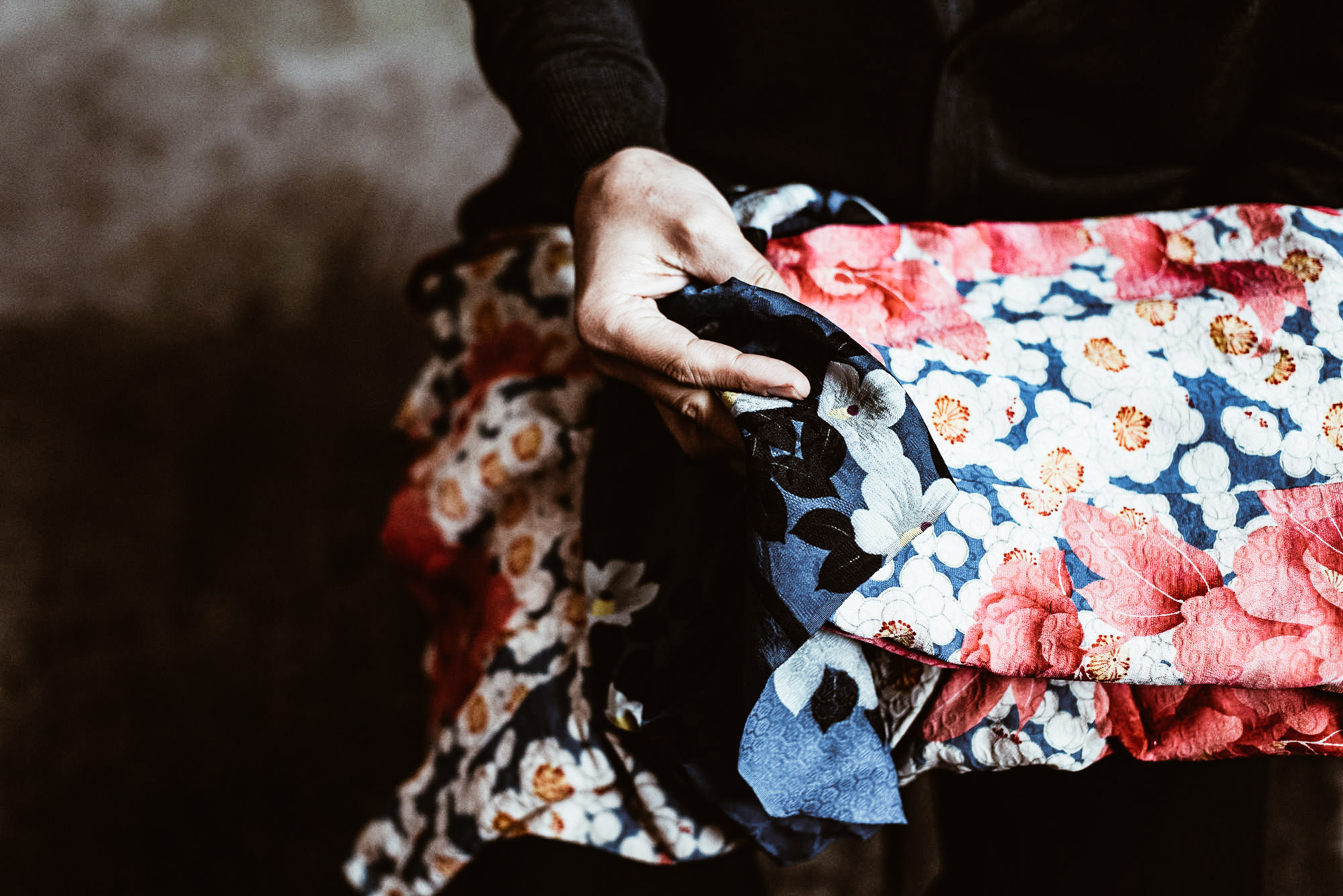
Who is Akira Isogawa
Born in Kyoto, Japan in 1964, he emigrated to Australia in 1986 and he is now one of the most famous Fashion Designer in the land down under. He studied fashion at the East Sydney Technical College drawing inspiration from contemporary Japanese design. By the late 1990s, he was known internationally together with his womenswear label Akira. His clothes appear under his own label and are sold in Australia and New Zealand, and 10 other countries. As of now, he is one of the few Australian designers to exhibit and sell his clothing in Paris.
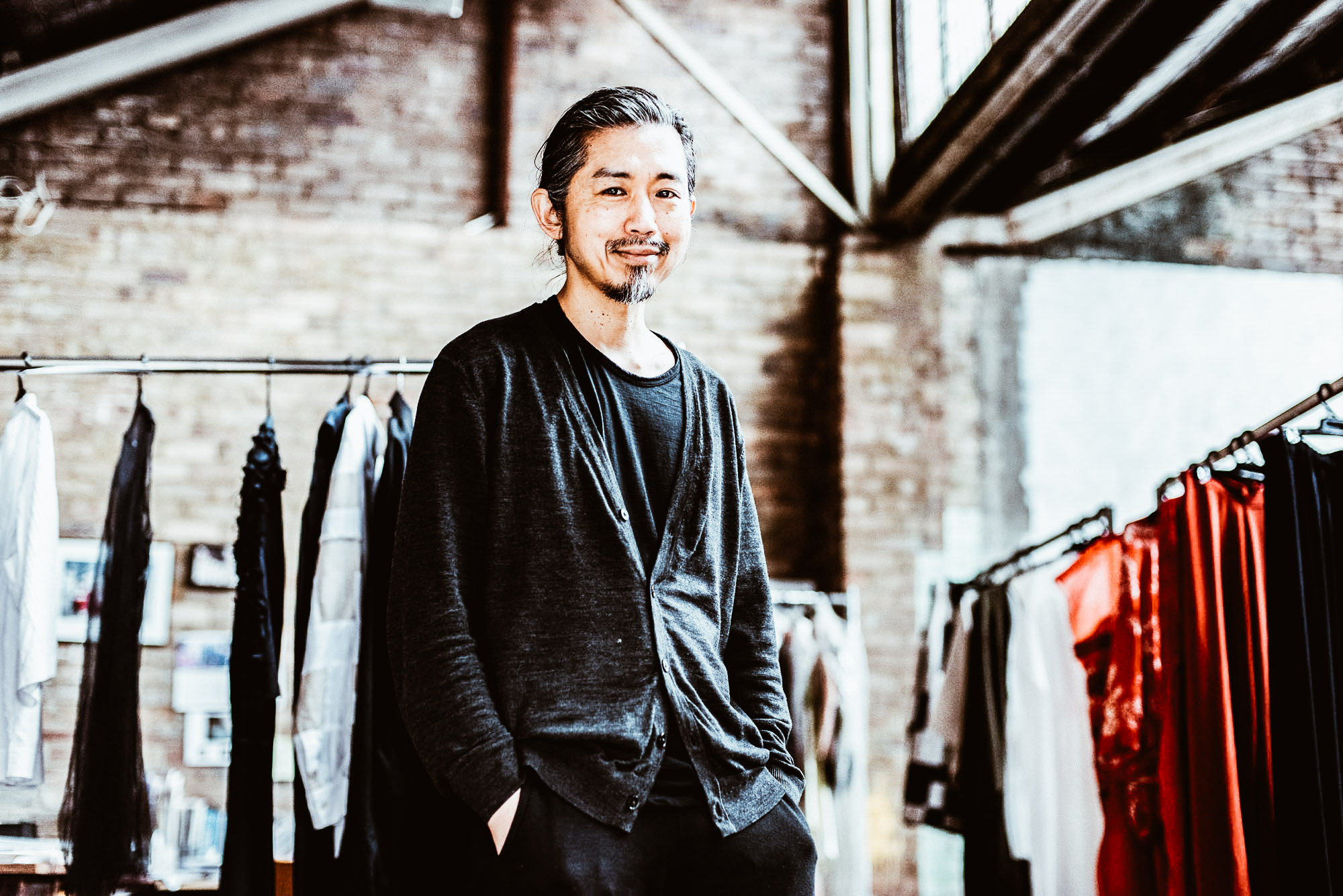
The Australian Legend
In 2005, caught by surprise, he became an “Australian Legend” and he was invited to appear on a commemorative postage stamp. This honor is just one of the many awards received by Isogawa for his achievements in over 25 years of career
He told The Japan times “To be honest, I had no idea that Australia Post was so progressive and innovative in their marketing,” he says, laughing. “I thought you had to be dead to appear on a postage stamp, let alone working actively in your field. I still have so much yet to do!”
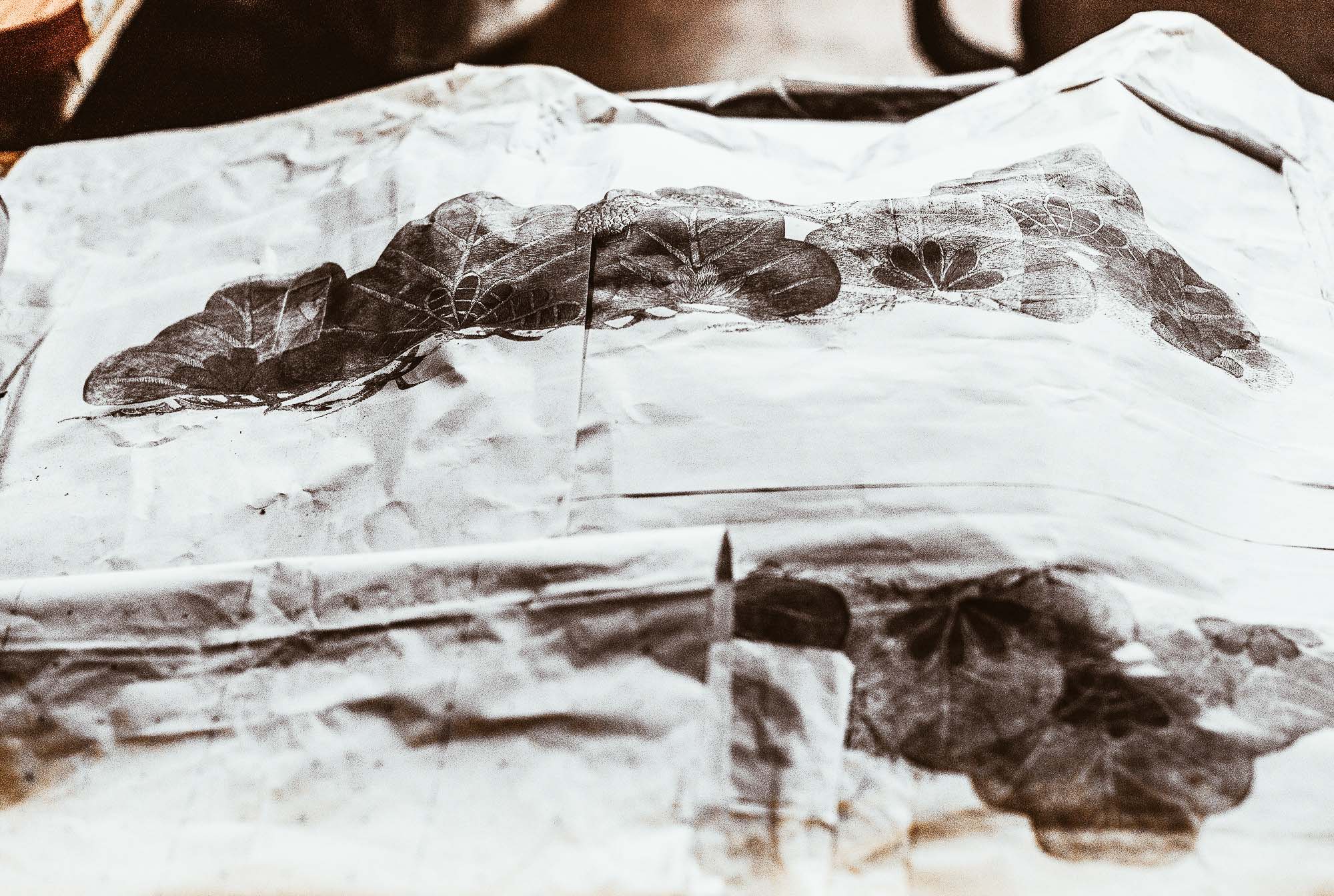
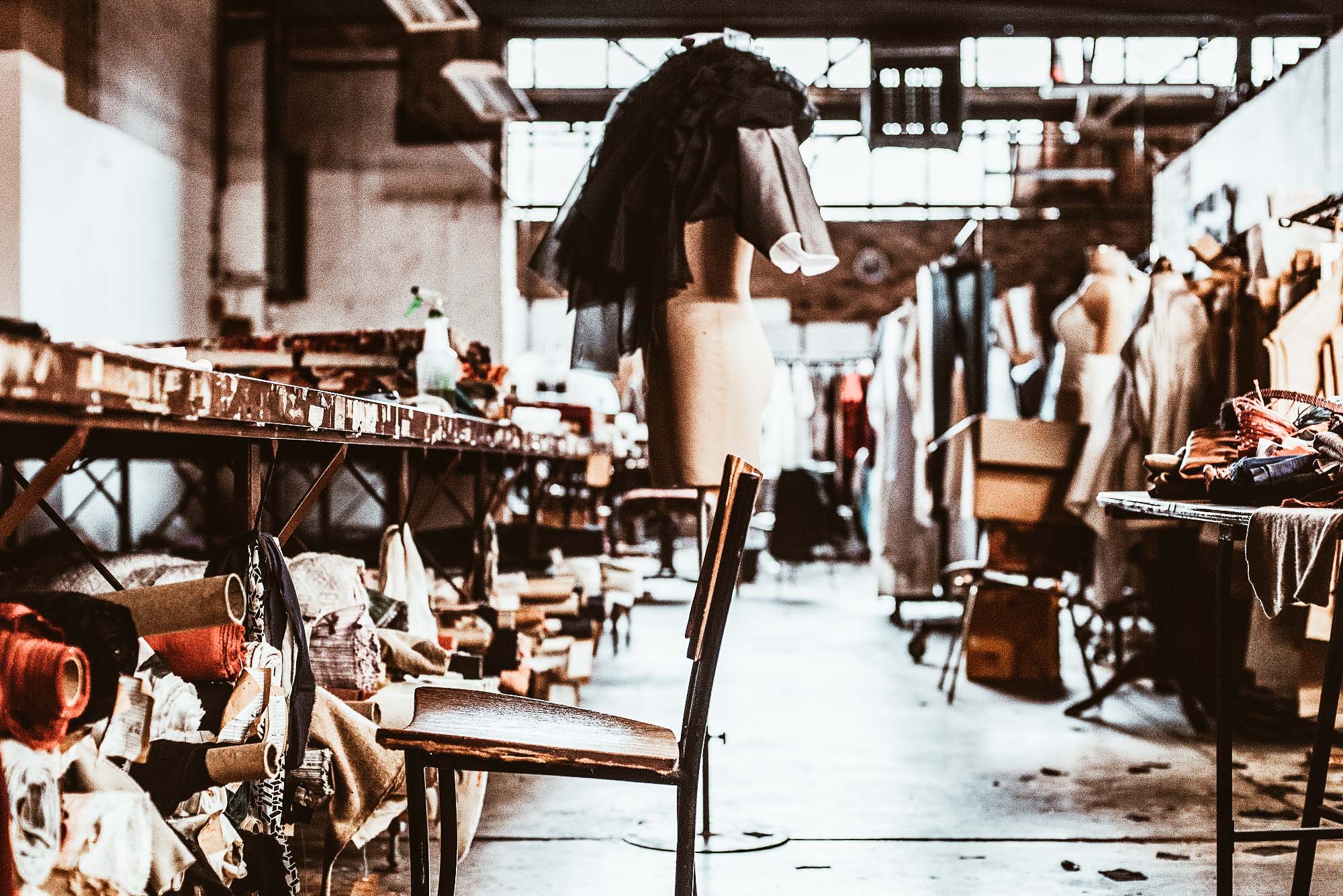
Life in Australia
Australia and its fashion scene have embraced Akira Isogawa as one of their own. He feels very closed to his adoptive home, also thanks to a maternal cousin living in the New South Wales town of Mittagong.
The government launched a Working Holiday visa program that gave Isogawa the chance to realize his ambitions of studying and working in fashion.
Arrived in Australia in the mid-80s and having some difficulties in the first weeks of his stay, things got better after the city’s groundbreaking RAT (Recreational Arts Team) dance parties were born. Here Isogawa could connect with like-minded people and let his talent flourish.
After enrolling in a fashion course at the East Sydney Technical College, he opened his first shop using all his savings.
“Sydney is my base,” Isogawa says. “Growing up in Kyoto, I always felt as if I belonged elsewhere. I don’t think I can behave ‘typically’ Japanese and follow societal rules. I understand how such rules are necessary and help Japan to function as efficiently as it does. But I’m a rule breaker, and that’s permitted here in Australia. It’s a real relief.”
However, everyone always misses the homeland. Akira Isogawa too admits a nostalgic longing for the tranquil Kyoto of his childhood. He refers to the Japanese art of “reading the air,” where things are understood, but not necessarily said.

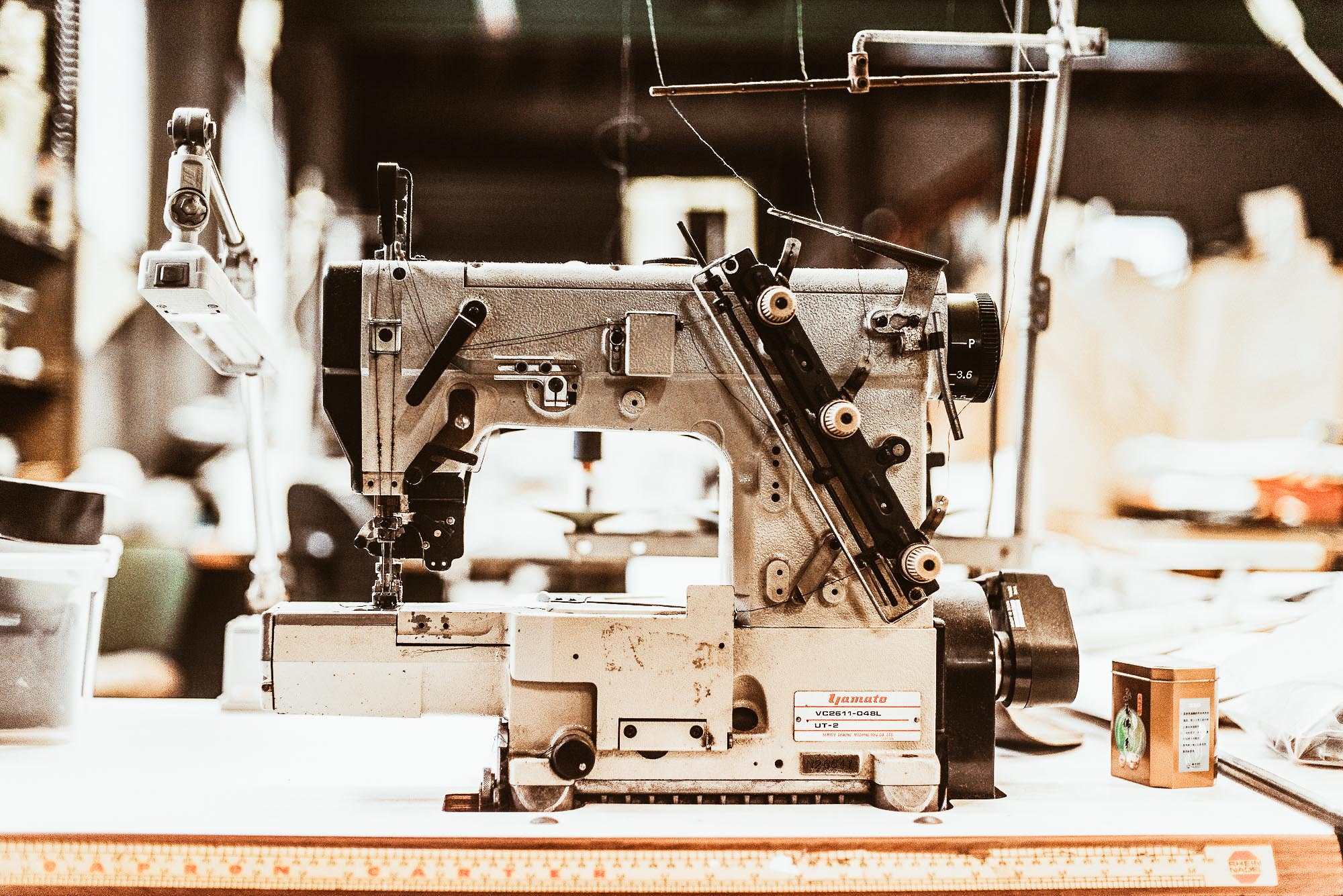
The 1990s
However, it’s in the 90s that Isogawa’s work and his label Akira exploded and was known all over the world. After his debut show during Mercedes Benz Fashion Week Australia in 1996, this now became a regular outlet for his work, but not only. In fact, these runways were just the beginning and he landed a spot in Paris fashion shows. Here he caught Joan Burstein’s eye, the international fashion buyer who helped launch names such as Alexander McQueen and John Galliano in the U.K.
Another pivotal moment was Naomi Campbell wearing Akira’s kimono-inspired dress on the cover of Vogue Australia in 1997.
“That cover was a turning point in my career; it can’t be understated. It was amazing,” reminisces Isogawa. “I’m also very grateful to the media, everyone who supported me. But at the same time, it was so stressful. I couldn’t handle everything and ended up with a receptionist, among 25 other full-time staff.”


After the Fashion Madness
In 2004, he met with CEO of Australian Wool Innovation and Isogawa became the ambassador for Australian Wool. The institute was looking for a designer who could update wool’s image so in 2005, Akira Isogawa created a new kind of fabric. A featherweight, fine wool gauze inspired by silk georgette.
“I wanted (the textile) to be light. I wanted wool to be reinterpreted as transeasonal,” he says. “The wool gauze is quite fragile, beautifully soft and 100 percent Australian merino. I still have it in stock.”
Akira Isogawa Today
Now that life is a little bit calmer, Isogawa is free to explore new visions and different outlets for his work. In fact, we can see him collaborating on artistic projects, such as costume design for the Sydney Dance Company.
The Akira womenswear brand is famous for mixing elements of East and West in both terms of textiles, techniques and design. The freedom afforded to Akira’s work and life as an Australian immigrant helped him develop his own personal style.
As a firm believer in slow and sustainable fashion, Akira Isogawa’s garments transcend time, oblivious to trends, and they are to be worn again and again.
Source: japantimes.co.jp
Photos: japantimes.co.jp
2019 Kanji of the year: 令
2020 is finally here and like every year, Japan has elected the “Kanji of the year” and for 2019 the choice was very logical.
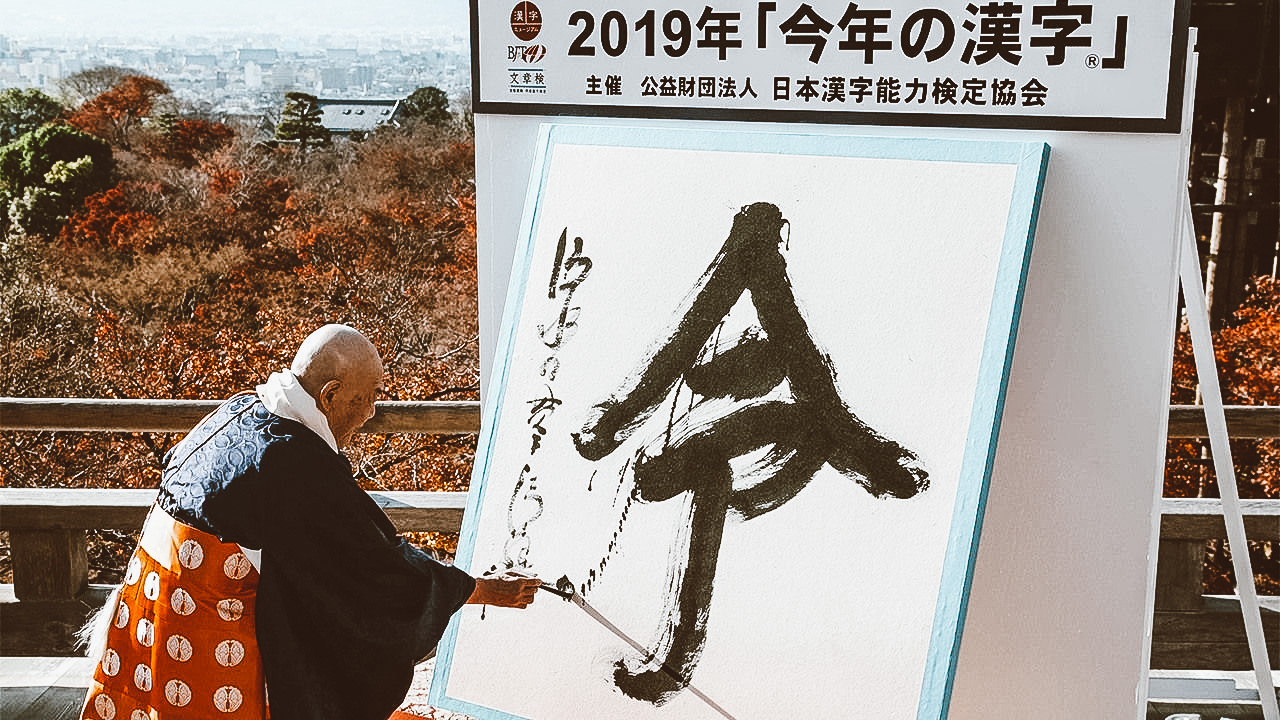
December and January always force us to do some retrospectives on the year that just passed and the choice for Kanji of the year is not less worthy.
Administered by the Kyoto-based Japan Kanji Aptitude Testing Foundation, a single Japanese character is chosen by open ballot. The final choice is meant to embody a deep significance for the year as it comes to a close.
This yearly tradition is announced by Seihan Mori, the head abbot of Kyoto’s historical Kiyomizudera Temple. This is not a normal announcement, in fact, the head abbot writes the kanji with a giant calligraphy brush while standing on the temple’s balcony.
This time, 216,325 votes were cast, and the winner kanji of the year is 令 pronounced rei.
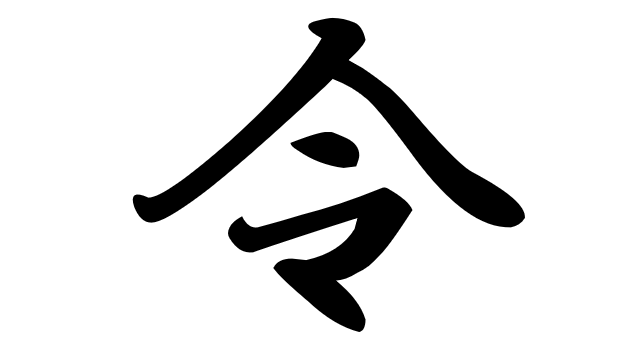
Rei means “order” (in the sense of orderly control), however, in some contexts it can also mean “beautiful”. This kanji has become famous during 2019 not just as the winner choice, but also when Reiwa, Japan’s new imperial era, was announced. The Japanese government clarified that the meaning of this new era is “beautiful harmony”
令/rei received 30,427, roughly 14% of the total votes. Considering that the Japanese language has more than 2100 regular-use kanji, this is still a very important result for any single character. Second-place was occupied by 新/shin, meaning “new,” and third-place 和/wa, which means “harmony” and is the second kanji in Reiwa.
2019 was a very important year for Japan since it marked the change in the imperial era since 1989. The selection of 令/rei isn’t much of a surprise. However, it reflects a happier mindset than the Kanji of the Year in 2018 (“disaster”), 2017 (“north,” in reference to North Korean missile launches) and 2014 (“tax,” the result of an unpopular sales tax increase that year).
Hopefully, 令和/rei will be not just a reminder of the significant changes of 2019, but also a ray of hope that more beautiful things are coming in 2020.
And with this, we want to wish a Happy New Year to all our readers, your families and loved ones. 明けましておめでとうございます。
Sources: ©SoraNews24
Images ©SoraNews24, japon-secreto.com
An unusual Pokèmon appeared at Yoshinoya in Japan
A whole generation has been affected by these pocket monsters called Pkémon and now you can find them at Yoshinoya in Japan! But how is that possible?
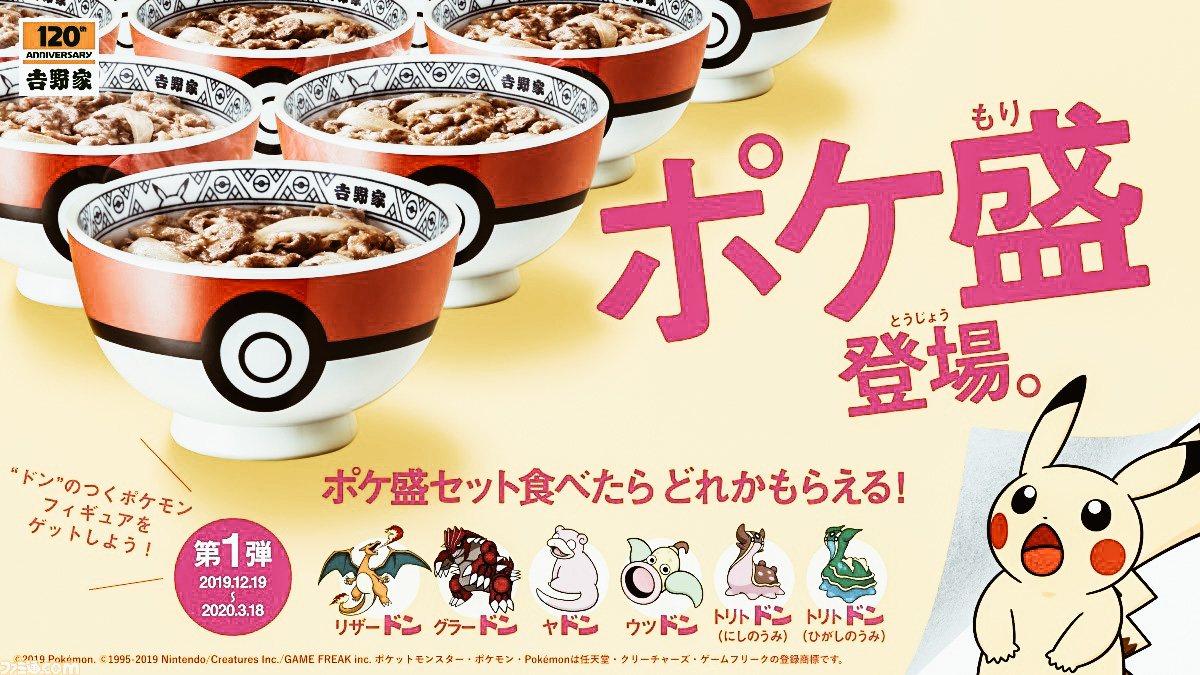
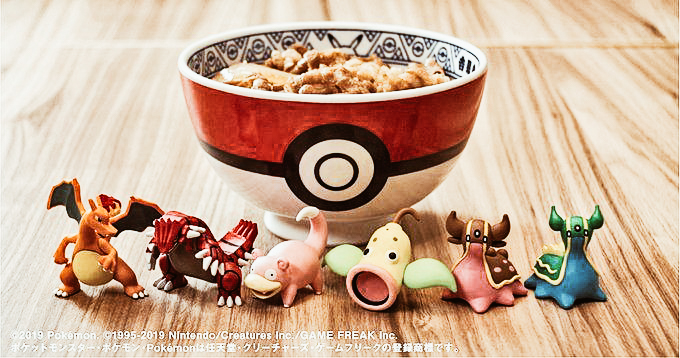
2019 marks the 120th anniversary in the beef-bowl business for the popular chain Yoshinoya. The popular fast restaurant decided to celebrate it through an interesting partnership with the Pokémon franchise.
To catch’em all will be easy and super delicious, only 6 Pokémon available this time! From December 19th, customers across Japan will be able to order a new type of beef-bowl: The Pokémori!
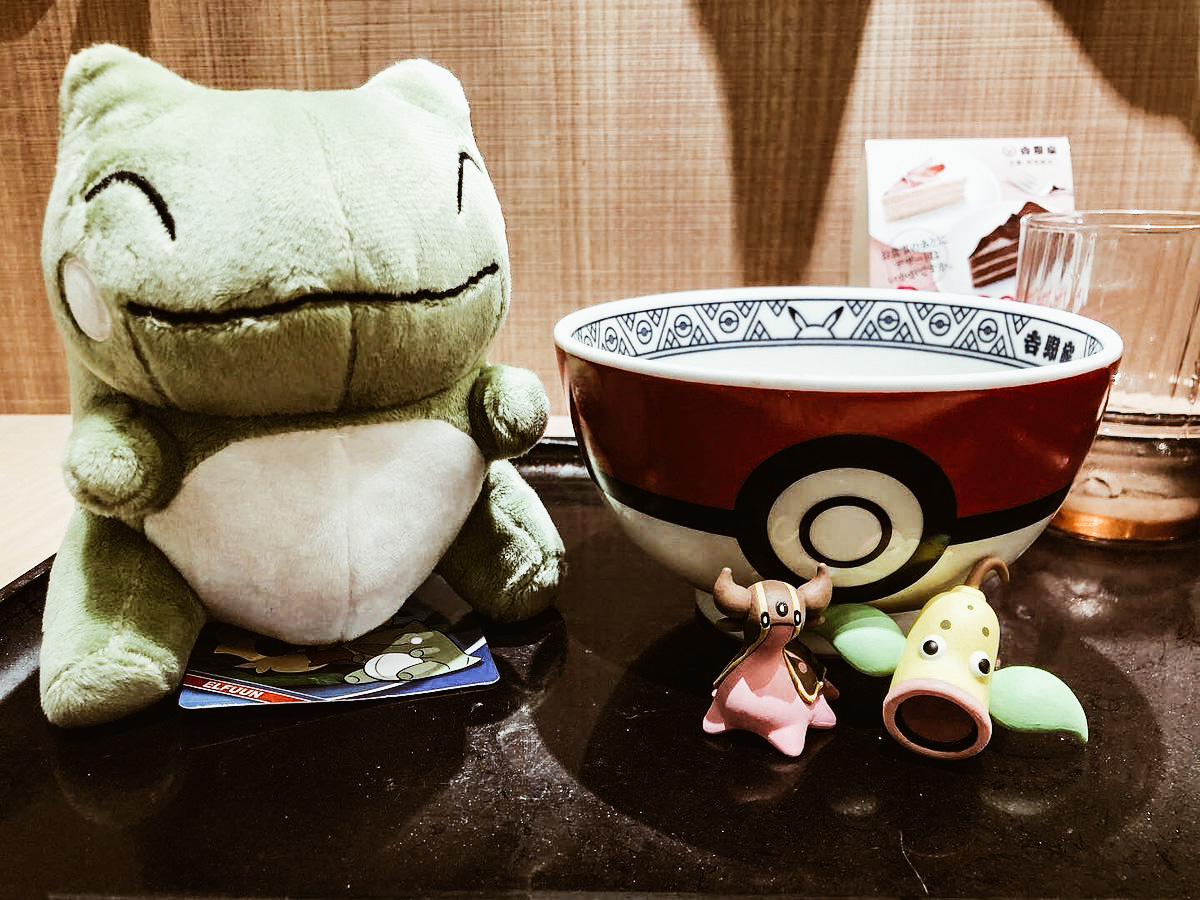
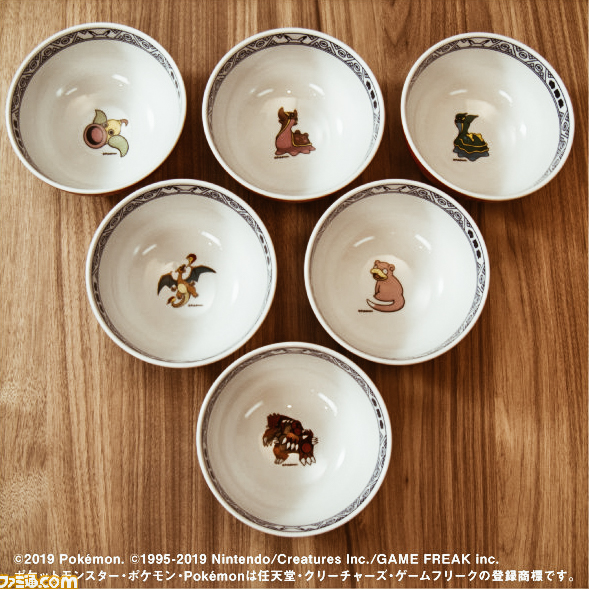

The Pomémori at Yoshinoya
Available in three varieties, Gyudon, Kid’s Gyudon, and Curry Rice, all for less than 500 yen (US$5), this special menu includes a juice box and Pokémon figure.
The word “gyudon” means “beef bowl” in Japanese, so in honor of this incredible meal of Japanese cuisine something special has been arranged. You will get the chance to find six figures of Pokémon with “don” in their Japanese name.

Left to Right: Charizard (Lizardon), Groudon, Slowpoke (Yadon), Weepinbell (Utsudon), and the West/East versions of Gastrodon (Tritodon)
However, the surprises don’t end here!
We know that the Japanese culture has a strict policy when it comes to respecting the public areas. So for all good boys and girls who clean their plates, there is a special plus! It is, in fact, possible to discover one of these monsters hiding at the bottom of the bowls, which are also specially designed to resemble Pokéballs.
Unfortunately, the surprise bowls are only used for eat-in orders in Japan. However, if you order Pokémori to-go you can get specially designed containers and bags too.
Furthermore, it is possible to enjoy one of those Pokébowls in the comfort of your own home by participating in Yoshinoya’s Twitter contest. All that you need to do is photograph and tweet your receipt from either dining in or taking out a Pokémori order. Follow Yoshinoya’s Twitter account and retweet a specific contest post, you’ll be in with a chance to win one of the Pokébowls (only available in Japan).
\ポケモン+吉野家=『ポケ盛』発売記念‼/
✨ポケ盛専用ドンぶりを抽選で30名にプレゼント✨
🔊応募方法
①@yoshinoyagyudon をフォロー
②このツイートをRT
〆切1/5ポケ盛専用ドンぶりほんっっっとうに可愛い( ;∀;)💗
たくさんの応募待ってます🎶#ポケ盛ゲット pic.twitter.com/jNKdM8Zj2N— 吉野家 (@yoshinoyagyudon) December 11, 2019
All the Pokémons are already waiting for you at Yoshinoya. However, if you want to fully live the experience, you should check out the Yoshinoya Ebisu Station location, also known as one of the swankiest Yoshinoyas around. This location will be, in fact, redecorated in a Pokémon motif too.
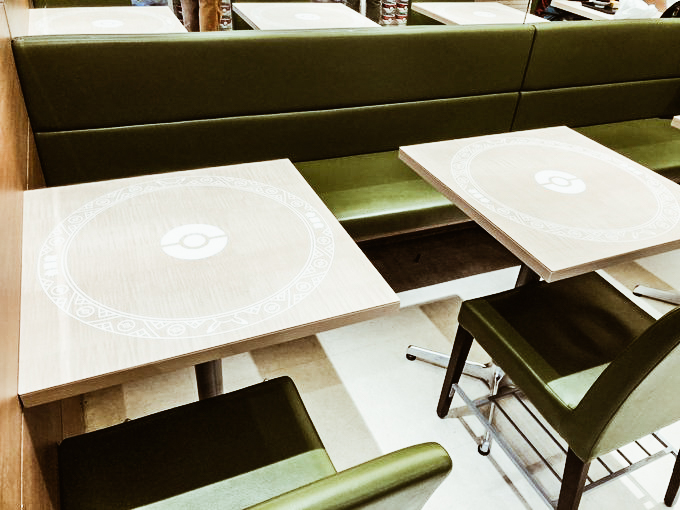
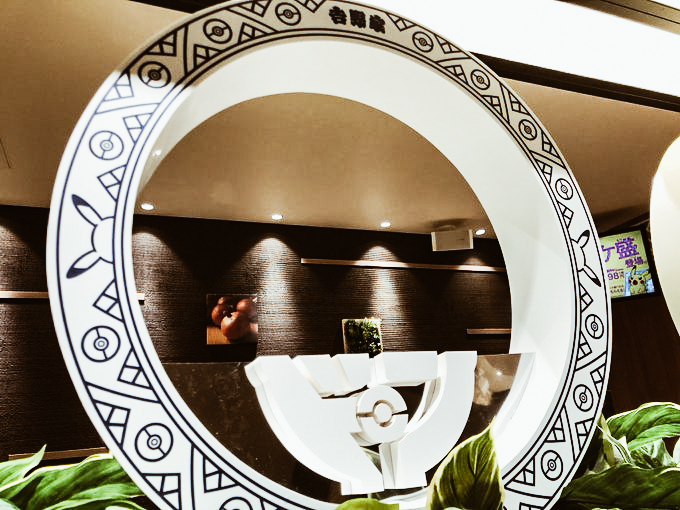
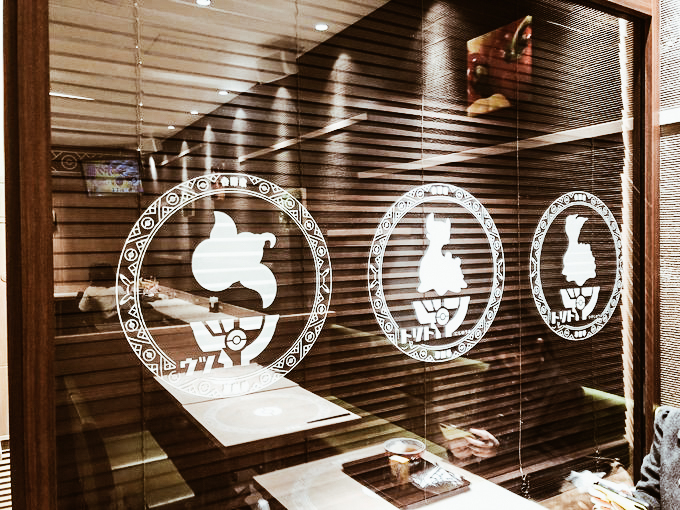

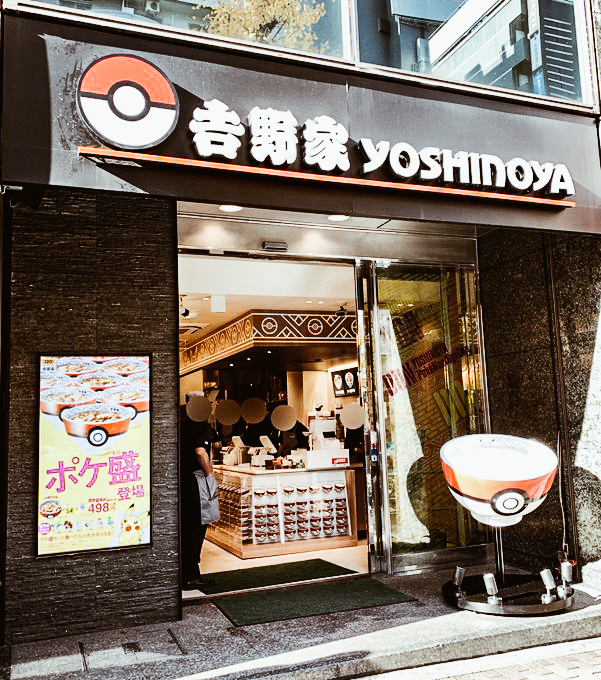
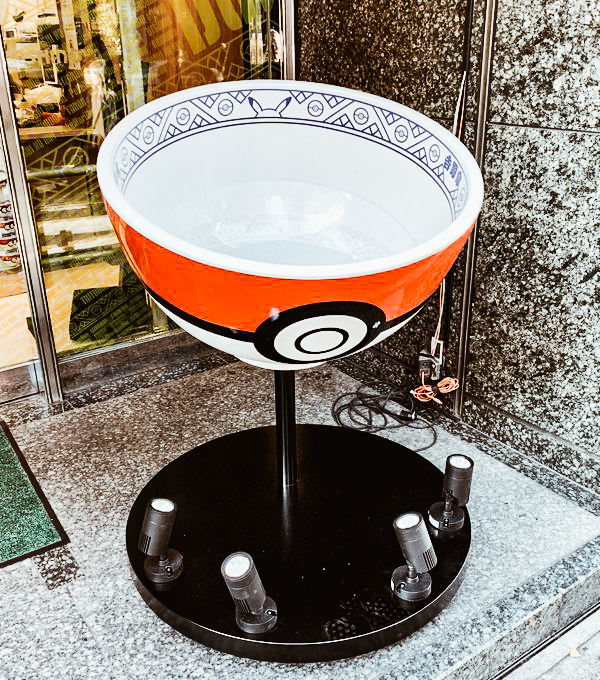
Decorations are planned to stay up until 5 January, however, Pokémori itself will only last as long as supplies do. So hurry up, you really should catch’em all!!
Source: Yoshinoya
Photo Credits: Yoshinoya, perfectly-nintendo.com, nintendosoup.com
Japan History: Yagyū Jūbei Mitsuyoshi
Yagyū Jūbei was one of Japan's greatest swordsmen and we decided to dedicate a blog to him. Despite the little information, he is known as a warrior poet, protector of the weak and a great supporter of the samurai code.
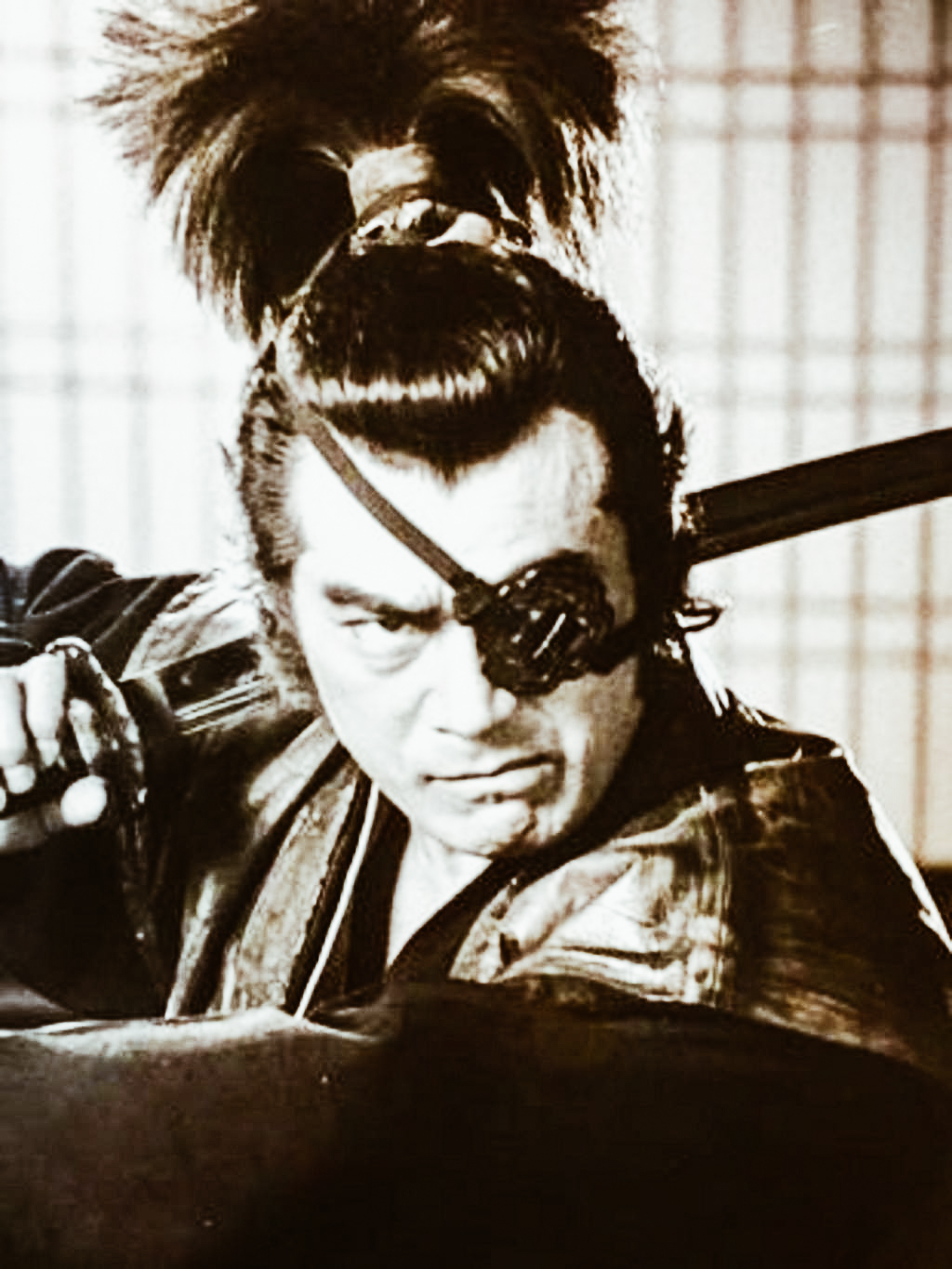
photo credits: deviantart.com
Despite the lack of documentation on the life of Yagyū Jūbei Mitsuyoshi (born "Shichirō", 1607 - 12 April 1650) we know that he grew up in a small village near Nara, Yagyū no Sato. His father was Yagyū Tajima no Kami Munenori, master swordsman of the famous Tokugawa family. Both Jubei's father and grandfather had been great masters in the art of the sword. His grandfather was the founder of the Yagyu Shinkage school, which still exists today and was famous for defeating armed samurai with bare hands at the age of 70. His father, on the other hand, was the personal tutor of three shogun and seems to have defeated seven assassins in a battle. Jubei inherited the skill from them and at 9 he was already showing signs of great strength. In fact, he replaced his father in teaching the sword to the Tokugawa family.
The life
At 24 he became the greatest swordsman of the famous Yagyu clan. He was expelled from the Edo court without any reasons, it is not known whether he was fired from the shogun, or for a pilgrimage departure.
In the following 12 years, there is no more news, until his reappearance at the age of 36 at an absolutely impressive fencing demonstration. From there, he was again integrated into the government. He managed to take control of the family lands until the death of Yagyū Tajima no Kami Munenori in 1646. He wrote his fencing and philosophy book, Tsuki no Shō (月之抄) or The Art of Looking at the Moon. He died at the age of 43 in unclear circumstances, it is not known if it was due to a heart attack, an accident during the hunt or even murdered by one of his brothers. Yagyū Jūbei was buried next to his grandfather, Yagyū Munetoshi, he was then given the posthumous Buddhist name of Sohgo.
The Legend of Yagyū Jūbei
According to legend, Yagyū Jūbei had only one eye, the other seems to have lost it in a fencing session with his father. Despite this, some portrayed him with two eyes, even if the figure of the swordsman with an eye patch always remains the favorite.
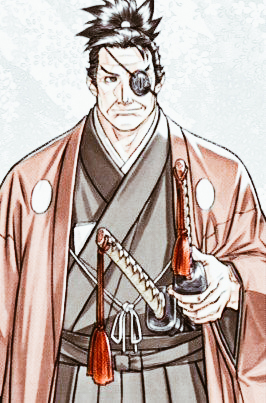
photo credits: taigong788.skyrock.com/
Japan History: Yagyū Munenori
Yagyū Munenori (1571 - 11 May 1646) was a Japanese swordsman, founder of Yagyū Shinkage-ryū, one of two official sword styles sponsored by the Tokugawa shogunate (the other was Ittō-ryū).
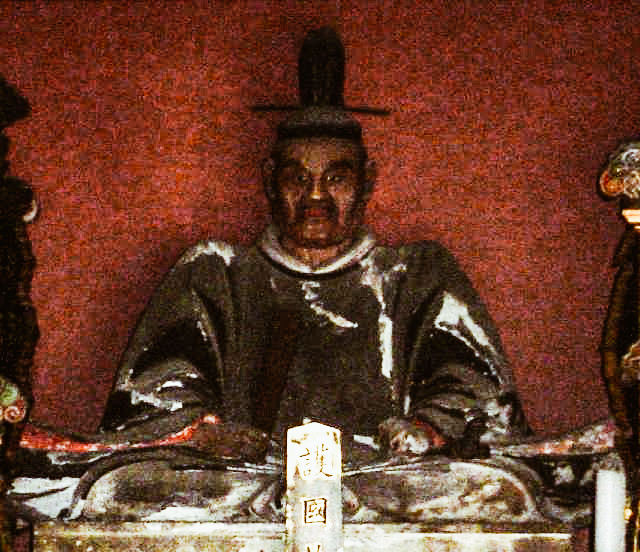
photo credits: wikipedia.org
He became a great expert in the fencing art thanks to a long almost monastic path dedicated to teaching in the Shogun family. It is in this place that we discover its true nature: guide and political adviser to three shogun and head of an "intelligence" body he created. Yagyū Munenori will lead Japan, in complete secrecy, for almost thirty years.
Yagyū Munenori's career
Munenori began his career in the Tokugawa administration as a hatamoto, a direct holder of the Tokugawa clan. Later his income was increased to 10,000 koku, making him a fudai daimyo, or a vassal lord in the service of the Tokugawa. Subsequently, Yagyū Munenori also received the title of Tajima no Kami.
Munenori entered the service of Tokugawa Ieyasu at a young age, and later became a sword instructor for Ieyasu Hidetada's son. He also became one of the main advisors of the third Igitsu shogun.
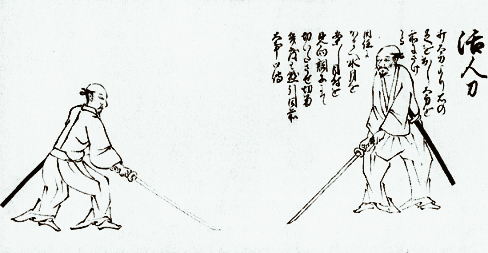
photo credits: doacademytorino.wordpress.com
Shortly before his death in 1606 he passed the guidance of Yagyū Shinkage-ryū to his nephew Toshiyoshi. After that, Toshiyoshi entered the service of a branch of the Tokugawa clan that controlled the province of Owari. Toshiyoshi's school was based in Nagoya and was called Owari Yagyū-ryū, while that of Munenori, in Edo became known as Edo Yagyū-ryū. Takenaga Hayato, the founder of Yagyū Shingan-ryū, was a disciple of Yagyū Munenori and received from him secret teachings (gokui) of Yagyū Shinkage-ryū.
Around 1632, Munenori completed Heihô Kadenshô, a treatise on Shinkage-ryū sword practice and how it could be applied to life and politics. The text is still in print today in Japan and has been translated several times in English. Translated into Italian: "The sword that gives life" it is a compelling biography of Munenori and a series of essays regarding sword techniques.
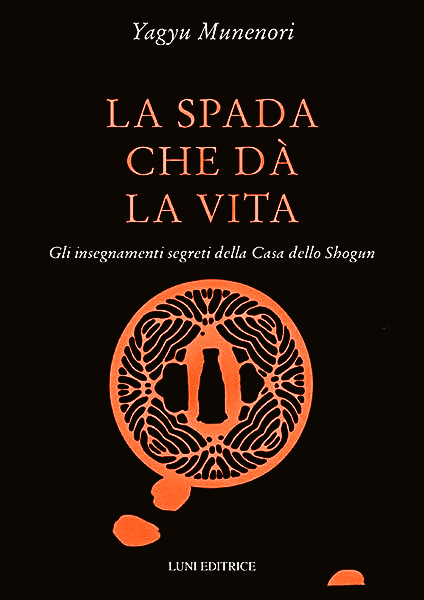
photo credits: www.lunieditrice.com
His sons Yagyū Jūbei Mitsuyoshi and Yagyū Munefuyu were also famous swordsmen.







